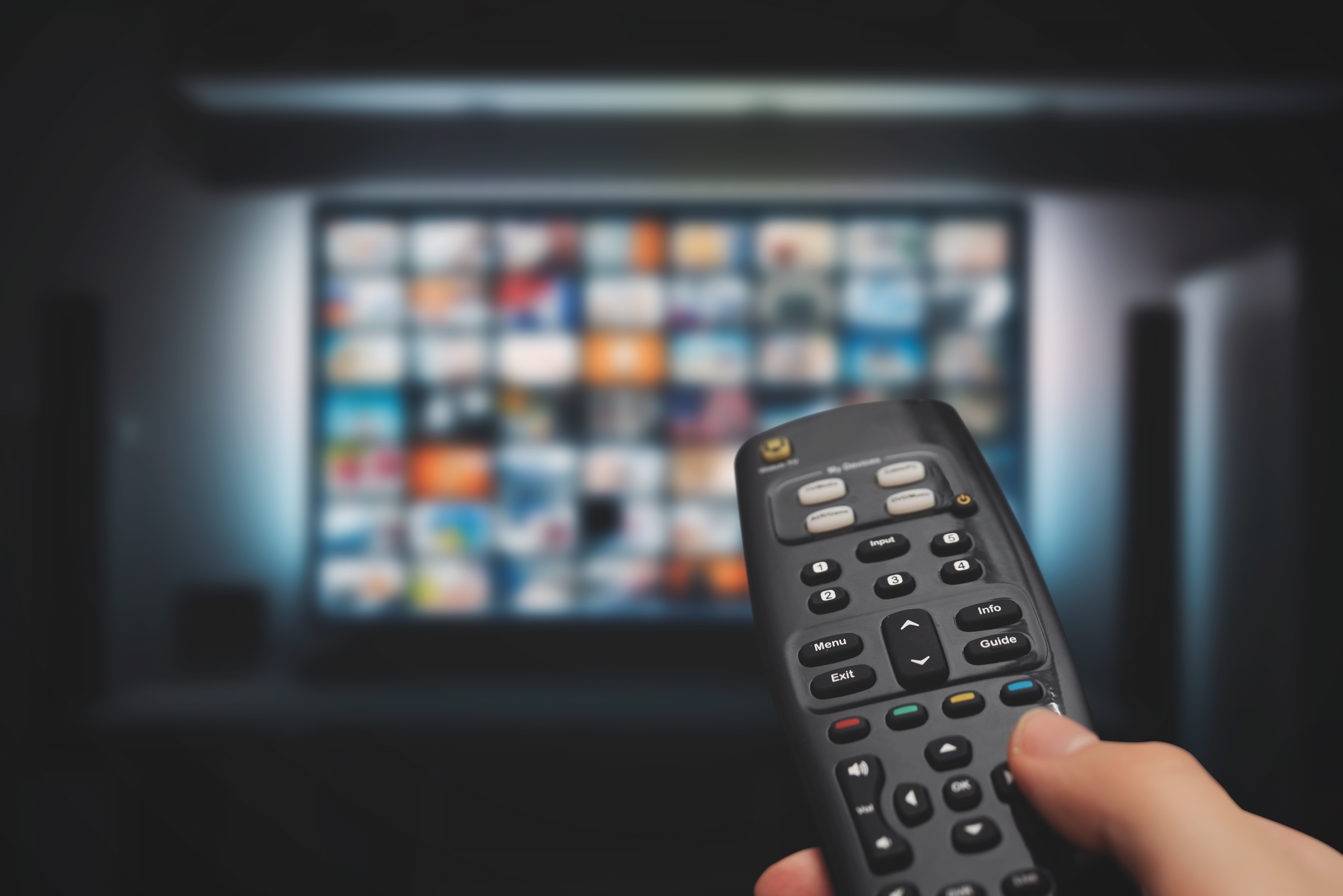
In the course of a year, the shift to streaming has gone from “coming soon” to “happening now.”
While it seemed possible that the rapid growth in time spent streaming at the beginning of the pandemic might just prove to be a temporary uptick, the behavior, it seems, is here to stay.

New stats from Vizio’s Inscape show that In the months since lockdown began, AVOD streaming is up 174%, while Comcast’s Freewheel reports a 42% increase in streaming ad views during the first half of 2020.
That leads to a number of questions as to how the industry is going to handle the new interim period it currently finds itself in, where traditional pay TV is far from dead but streaming is rapidly growing an audience.
These questions are made all the more pressing by the fact that most of the major network groups (ViacomCBS, Comcast, Disney and Warner Media) have a major presence on streaming as well as linear and will need to figure out how to balance the two.
The Need For Unification
At present, the networks are by and large treating their streaming services as separate entities from their linear services, especially in terms of content. While the pandemic means that the new fall season is barely happening, the fact remains that most of the network groups have prepared one set of series for streaming and another set for linear.
The smarter way to stay on top of the streaming and OTT industry. Sign up below.
This is confusing for consumers as it’s hard to know what the brand stands for (they get that Peacock is part of NBC), but it may have negative implications as well. That’s because, while it may not be the networks’ intention, the shows that everyone is talking about, and the ones winning all the awards, are the ones on streaming. And a second, less prestigious group of series winds up on linear prime time.
Given Hollywood’s often arcane system of contracts, it’s likely that the people creating the prime-time series are actually making more money--if nothing else, they’re working on double the number of episodes--but there’s still a general feeling in the industry that primetime content is designed for an older, less affluent, less sophisticated audience and is thus less prestigious.
Which may not be all that far off base: stats show that the audience still primarily on linear is indeed older, less affluent and less educated than the audience on streaming. So the question for networks is whether to provide them with separate offerings, to try and create a single offering that works across both, or some combination of the two.
This is not as simple as it sounds.
To begin with, it’s likely that the audience on linear is not interested in the sort of shows that are on streaming, and vice versa. Finding a middle ground is just a recipe for mediocrity and will leave no one satisfied. So right now, creating a single offering may not be a viable option.
But it may need to be one down the road, when the audience for traditional pay TV has shrunk to a point that the revenue the networks make from carriage and retrans fees is no longer enough to justify production budgets for dramas and sitcoms.
The Reality Option
Which then raises the question of whether linear becomes the home of reality shows, game shows, home improvement shows and other low production cost options.
The advantage to that is that those programs can easily be ported to the network’s streaming service where they can provide a “lean back” option for viewers who are not in the mood to watch something more thoughtful or engrossing.
This sort of program sharing can also be useful in that it provides the streaming services with a point of difference and a built in audience, particularly if the show in question is popular.
A Three Tier System
Non-fiction programming that spans linear and streaming fits nicely into the new TV ecosystem we identified in our recent report, TV In The FAST Lane: the platforms that began on TV (versus those that began online) will have a three-tier system consisting of a FAST (free ad-supported streaming TV service) that includes linear-like channels, an ad-supported subscription service and an ad-free subscription service.
In this model, the programming produced for linear TV can help fuel the free version of the app, while pilot episodes of programming available on the subscription version of the app can be teased on the linear channel to drive subscriptions. Similarly, older episodes of current streaming series can play on both the FAST and the linear channel too as a way of driving viewers to subscribe. (This scenario is somewhat ironic given that Netflix built its business by running older seasons of network series that were, at the time, not ready for syndication, on the theory that audiences would catch up on Netflix and then watch the current season live--basically a reversal of the current setup.
Sunsetting Linear
At some point, networks will need to make a decision on whether to sunset their linear channels and move everything to streaming.
That decision may be made for them--the MVPDs may decide there’s no longer any value in offering pay TV bundles that no one seems to want, and may instead offer a new type of bundle that allows users to get broadband and a subscription to X number of Flixes for a set amount each month.
Advertising
The last piece that needs to be solved during the transition is how to handle advertising. The networks will want to sell ads across their various properties, so that a single buy would encompass both linear and streaming, live and VOD.
That works if there’s some overlap between the linear and streaming audiences and the audiences the brand is going after, but if the gap grows too wide, that setup is not going to work. So it’s more likely we’ll see a little of each--brands that have a broad user base can advertise across both systems, while other brands will rely much more on one platform than the other.
It will be a bit of a tricky dance, but nothing that can’t be worked out.
If all goes well, the shift from linear to streaming should be gradual enough that it should seem organic, meaning consumers won’t feel like it is being foisted on them. And given that the end result will be a system with more and better content at (initially, anyway) a lower price, there should not be a whole lot of complaining about the shift.
Alan Wolk is the co-founder and lead analyst for media consultancy TV[R]EV

